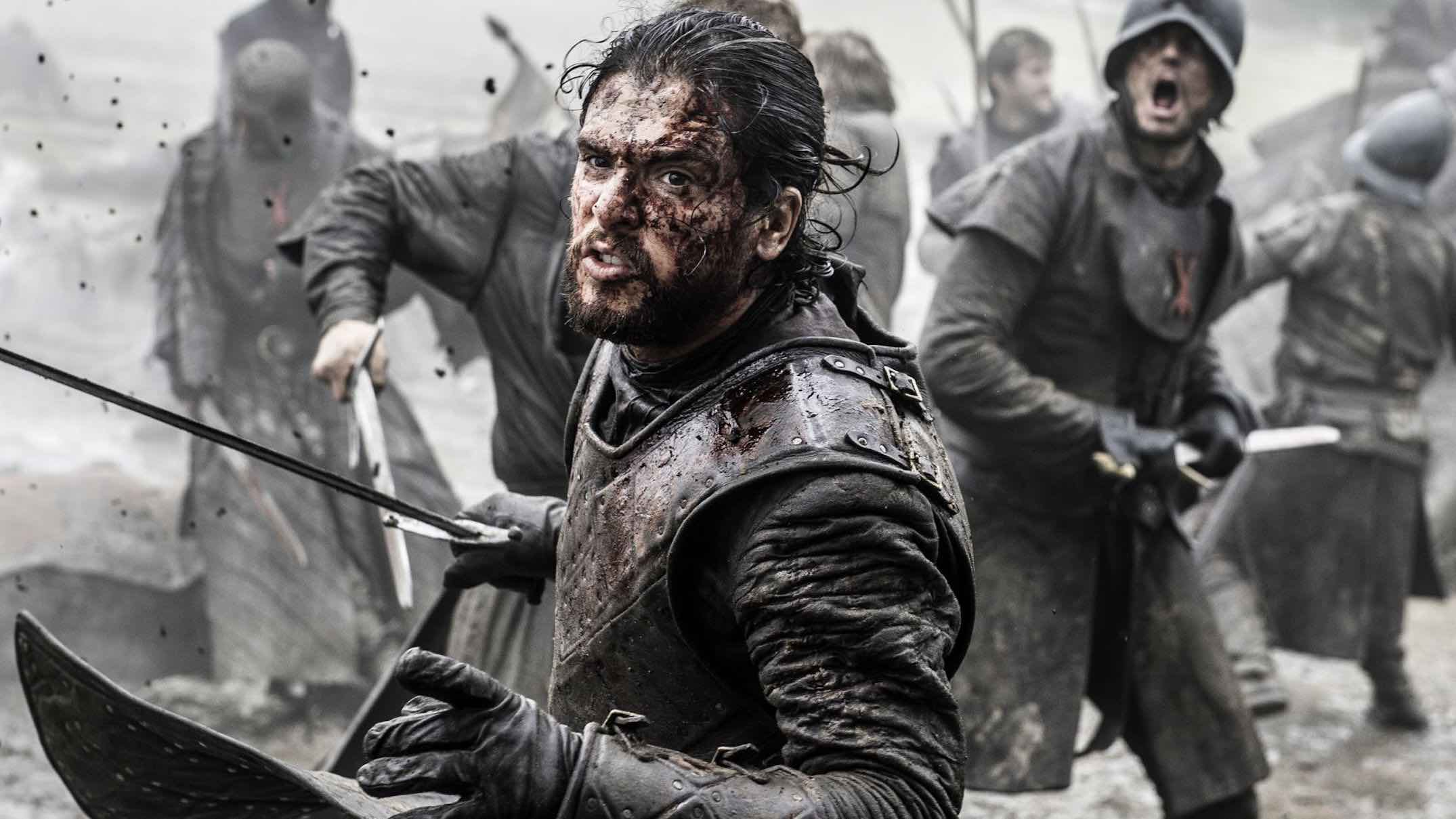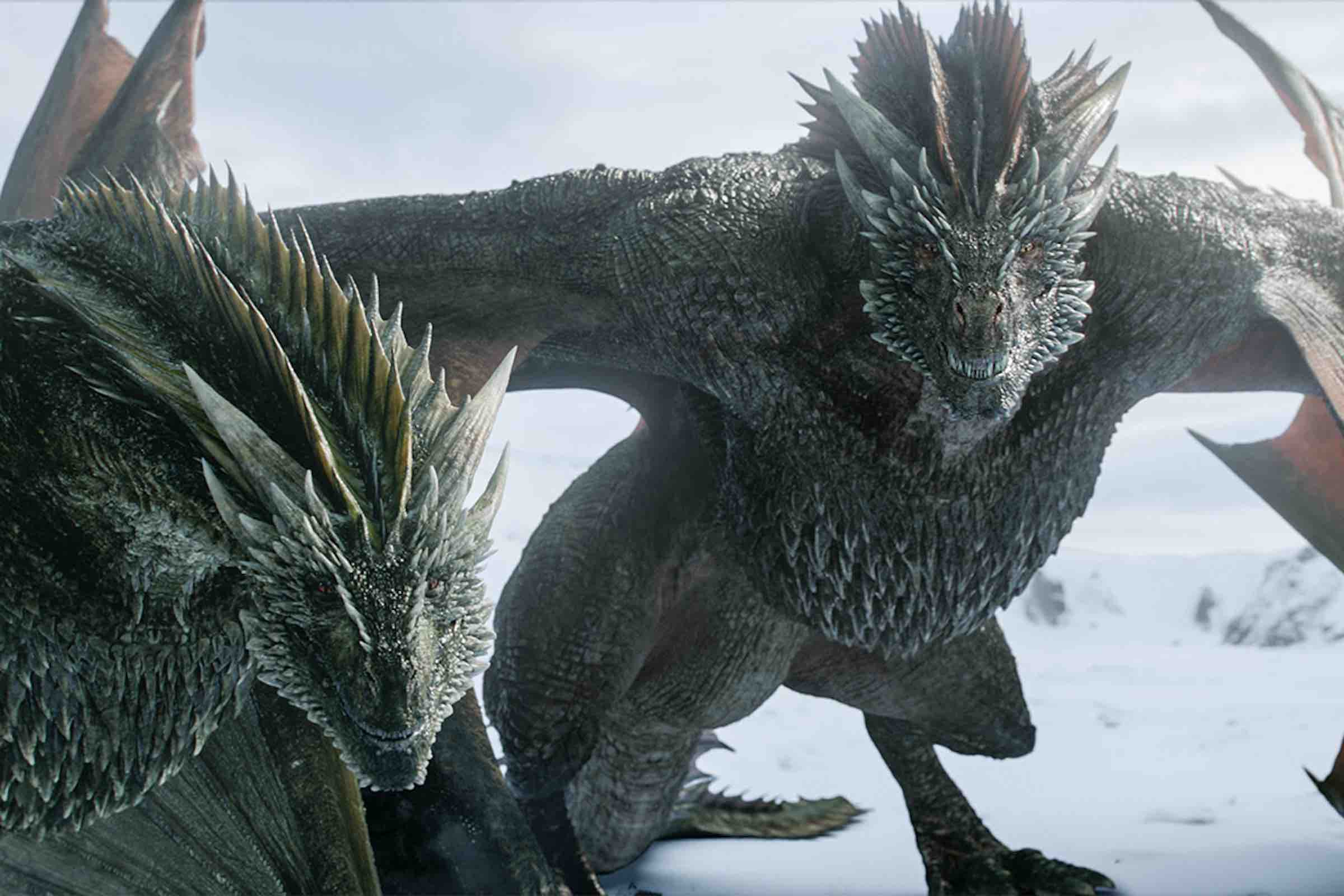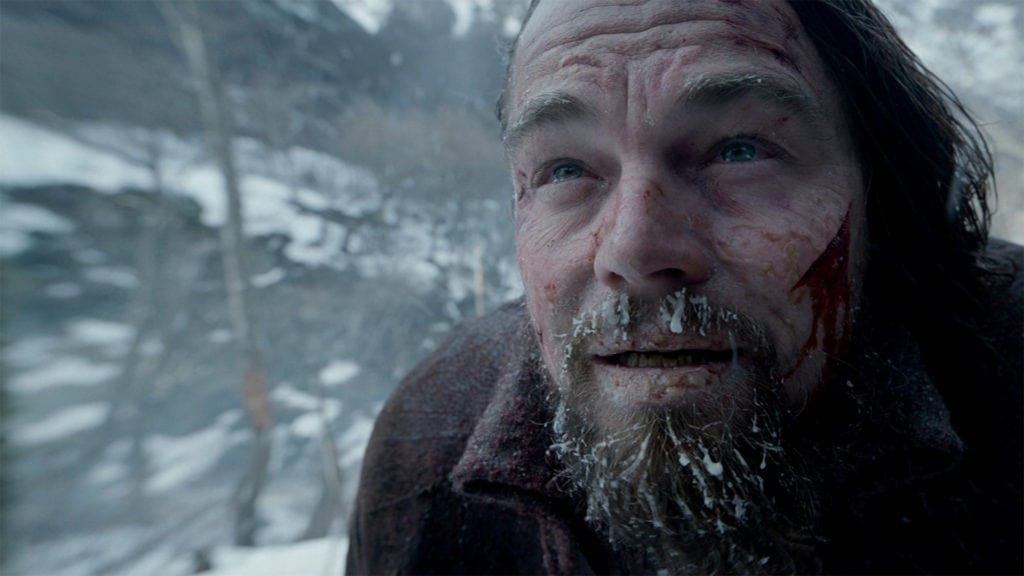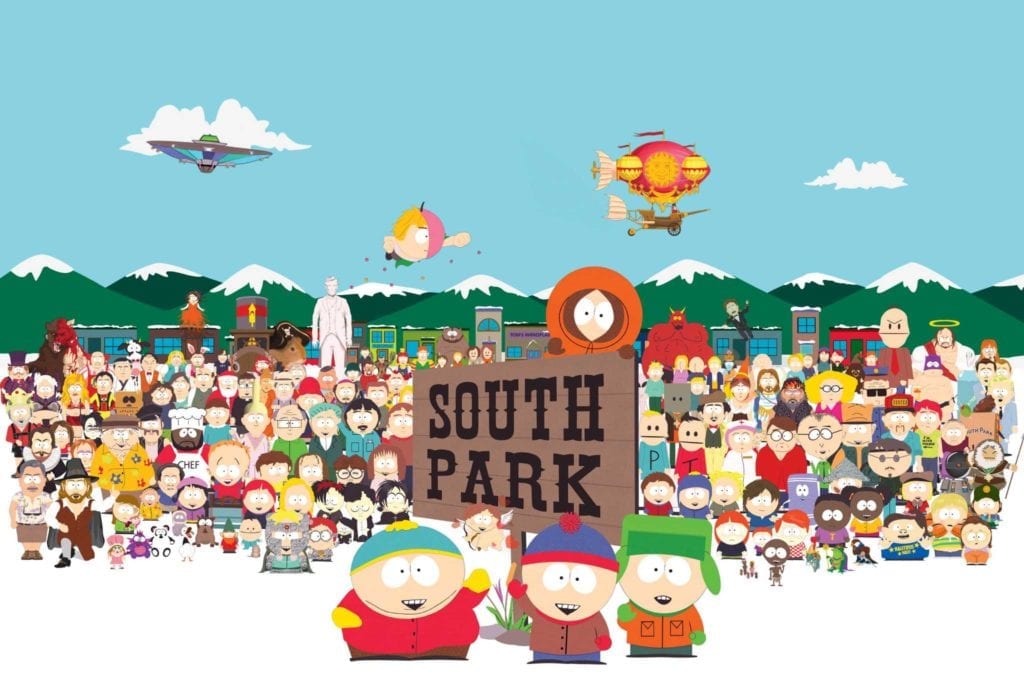
The Revenant: Inside the toughest film and TV shoots ever
The battle scenes from season eight of Game of Thrones took a staggering 55 consecutive nights to shoot and to fans’ great excitement will be broadcast very soon. Aside from the nearly unbearable anticipation, it serves as an epic reminder that the magic and authenticity of films and TV shows actually stems from very human labor and sacrifices.
Nobody is comparing acting to firefighting, but behind all that glamor there’s still good old-fashioned hard work (as well as some downright weird and nasty stuff) which no amount of special effects or shortcuts can replicate.

Game of Thrones
The series’s assistant director for 20 episodes, Jonathan Quinlan, expressed his gratitude and admiration for the crew through an evocative message that was posted on Instagram. Its caption was almost as reverberating as the show itself: “Says it all. 55 consecutive nights. 11 weeks. 3 locations. You’ll never again see anything like it.”
All the snow and outward sense of freezing cold in many of the battles are not the result of CGI or good acting, in that particular case. The epic battle scenes in Game of Thrones that take place in the North are actually shot in extremely severe conditions.

“When tens of millions of people around the world watch this episode a year from now, they won’t know how hard you worked,” the note read. “They won’t care how tired you were or how tough it was to do your job in sub-freezing temperatures. They’ll just understand that they’re watching something that’s never been done before.”
This isn’t the first time Game of Thrones went to extreme lengths in the pursuit of authenticity, but it surely is the longest stretch. To put things into perspective, the comparatively smaller Battle of the Bastards took “only” 25 days to film.

The Revenant
Extreme cold seems to be a recurring theme in film authenticity, a factor that can’t be recreated by any other filming techniques. Especially when it comes to a film where the harsh, freezing backdrop is practically a character of its own. During the shoot of The Revenant, temperatures rarely went over -30C.
”Every day was a battle for myself and a lot of other people not to get hypothermia,” Leonardo DiCaprio declared. Once, the temperatures went below -40C, and even though the crew could keep going on pure stoicism, the technical equipment couldn’t.
“At that point we couldn’t really open our eyes. And our fingers locked together and the camera gear locked together, and I just looked at Alejandro and said, ‘I’m all for enduring realism but there comes a point when nothing is operable,’” added DiCaprio.

But this intense realism didn’t end with temperatures. Hugh Glass, the real-life man who DiCaprio portrays, had to once eat a raw bison liver to survive. Such a vivid epitome of ultimate survival could never go overlooked by a filmmaker as precise and detail-obsessed as Alejandro G. Iñárritu. DiCaprio was once again out of luck.
The fake liver, made by the prop department, “wasn’t bleeding the right way when I was biting into it,” DiCaprio explained. “Alejandro threw me a real one. The bad part is the membrane around it. It’s like a balloon. When you bite into it, it bursts in your mouth.” If that doesn’t sound gross enough, consider this – the actor has been vegan since 1992.
Next time one of your vegan friends says no to ordering a half vegetarian and half pepperoni pizza because meat is too gross to even be anywhere near their food, show them this!

Edward Scissorhands
Johnny Depp had it the other way around – instead of dealing with extreme cold, he nearly passed out a few times due to the heat. The beloved actor had to wear layers of thick, black leather costume in order to portray a character as otherworldly as Edward. The film was shot during a particularly hot Florida summer, and after a few different takes of Edward running, Johnny almost passed out several times. Damn this rockstar lifestyle!
Every transformation into the fantastical character took four hours each time, which is basically half of a normal work day when you think about it. Depp supposedly did some method acting as well, going about his daily routines for a while with a pair of scissors in order to truly understand Edward’s discomfort at least to some extent.

South Park
Many people imagine the behind the scenes of South Park as some kind of a stoner’s Paradise where Trey Parker and Matt Stone do one bong hit after the other and talk divergent nonsense as they wait for inspiration to magically strike. However, this couldn’t be further away from reality.
“It’s not fun to do, and you know what, South Park was never fun to do,” Parker admitted to Charlie Rose. “It’s hard, hard work.”
To bring us those sniper-accurate satirical scenarios that expose society’s most ridiculous, extreme, and hypocritical tendencies, the comedy duo puts itself through a creative process most would crumble under. Each episode is created from scratch (including the ideation phase) in exactly six days – from Thursday to Tuesday, with Wednesday being the day that same episode airs.

This is like being on the spot seven days a week, but it’s the price they are willing to pay for being able to use breaking news and fresh world events as central themes of their episodes. This unique storytelling approach makes South Park ever-relevant and insightful, something like a hilariously offensive but objective news outlet.
These are just a few examples of what filmmaking is really like on the outside, behind all the fame, money, and glamour. Sure, those things don’t hurt, but actors and filmmakers often have to deal with adversity that sometimes doesn’t even have anything to do with actual films. They probably don’t teach actors how to eat a raw liver in acting classes, but DiCaprio did it and that’s why he’s one of the best. Films are often not fun to make, so they can be a lot of fun to watch.



